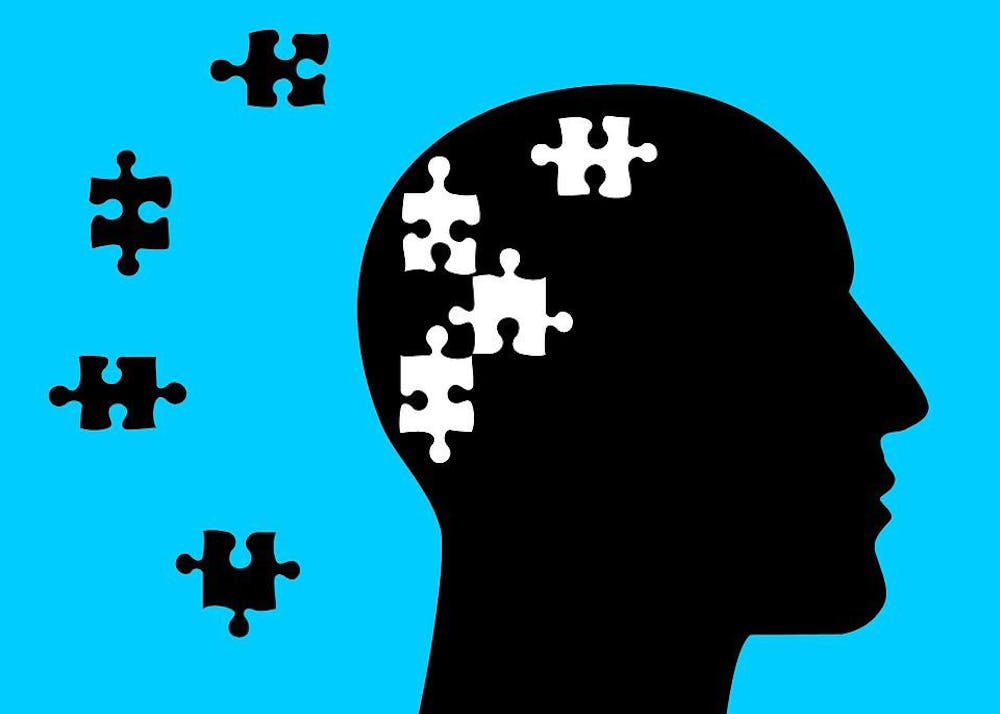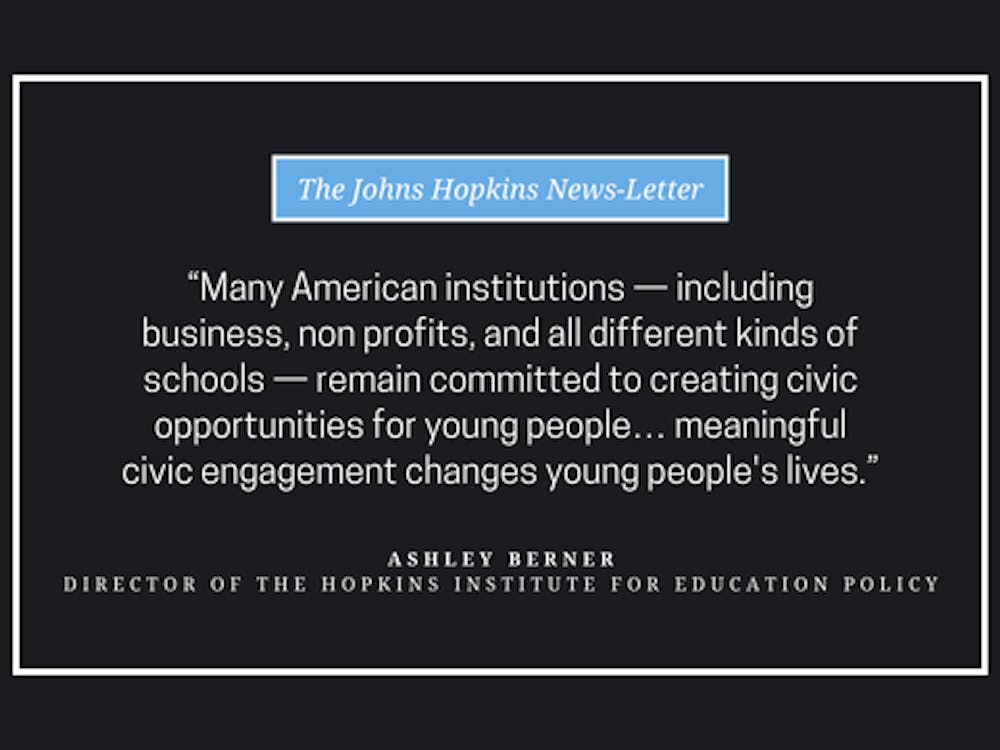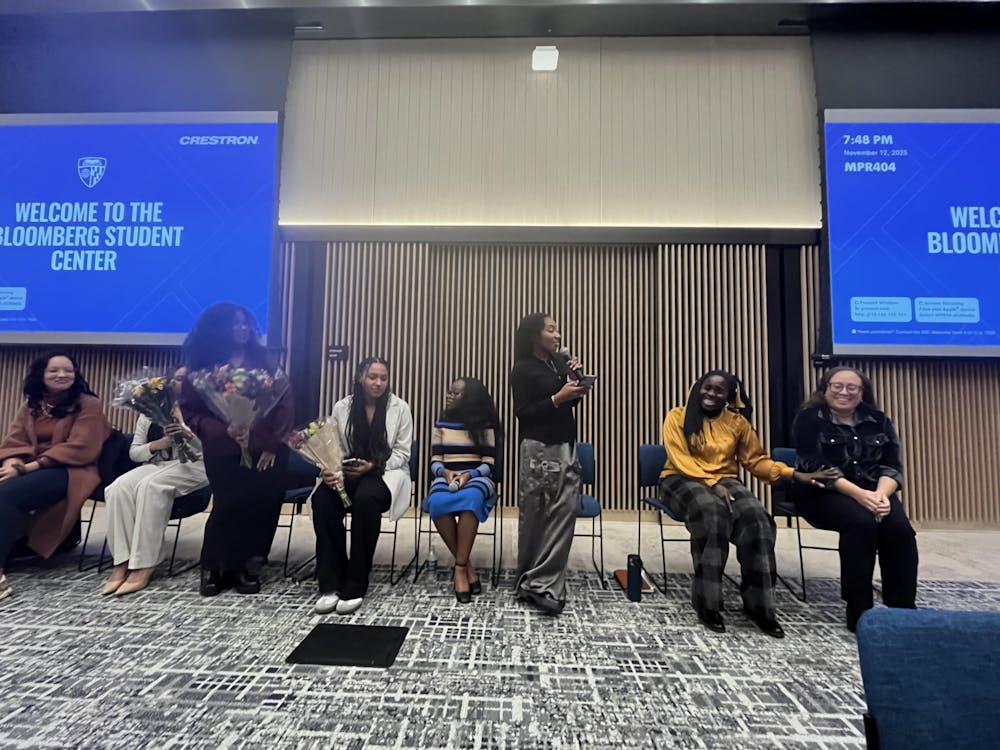The Hopkins School of Education held a lecture titled “Navigating the Mental Health Landscape and Federal Funding Priorities” on Wednesday. This was the inaugural lecture run by the School of Education’s newly formed Center for Safe and Healthy Schools.
The launch of the center was announced in May. The Center seeks to develop solutions to challenges facing schools across the country, from bullying to gun violence, in three major categories: health and wellbeing, community engagement and school security.
The event featured two speakers in dialogue: Kristen Mahoney, deputy director of the Bureau of Justice Assistance at the U.S. Department of Justice, and Holly Wilcox, an associate professor of Mental Health and of Health Policy and Management at the University’s School of Public Health.
Mahoney began by describing the implementation of the Safe and Healthy Schools initiative. She described a meeting she had with Sheriff Bob Gualtieri, who was appointed to the chair of the Marjory Stoneman Douglas High School Public Safety Commission after the shooting there in February 2018.
“He was pretty sure that there would be no firm profile of the next attacker in a school — that there had been 46 attackers in the last 20 years, and the thing that really impacted me the most was that he felt that 43 of the 46 people involved in the shootings were insiders,” she said. “It’s hard when you see those people coming in every day and to try and figure out what’s in their head and what is gonna make them make this decision to do this.”
But, Mahoney said, the fact that most people involved in school shootings are insiders does not mean that the threats they pose are insurmountable.
Nor does it mean that school resource officers and security teams should jump at everything a student does that may raise their suspicion.
Schools need to be able to harness the human intuition of their on-site security personnel while also taking care not to harass innocent students, she said. This is where institutions like the Department of Justice and Hopkins can help give schools the tools to do just that.
“When you start using threat assessment teams… the schools have alternatives to zero tolerance because [they can make] decisions, on-ramping and off-ramping kids based on validated risk assessment and validated threat assessment tools, not just based on how they feel. That is the kind of justice I think we need in our schools,” Mahoney said.
Enhancing the work that school security professionals can do is one component, Mahoney said. Another is working to ensure that students and staff feel prepared to intervene with someone whom they feel may be at risk.
However, she added that experiments have shown that even when intervention training programs designed for educators and staff succeed in raising reported levels of knowledge about and comfort with intervention, there is no corresponding increase in interventions.
“What we would want to see if we’re going to invest in training is that these folks who were trained would be more likely to do an intervention if they encountered a student who was struggling. But that didn’t happen,” she said.
Wilcox’s response was that instead of training educators to stage interventions, students should instead be trained, albeit less formally and less intensively, to recognize the behaviors that should merit an intervention. If students can recognize problematic behavior, they could then approach an appropriate official and report their concerns.
“I want to train the students because students who are struggling often will go to the other students rather than going to an adult,” Wilcox said.
The problem, Wilcox said, is that the U.S. has very little to no infrastructure in place for a systemic prevention training program for students. This makes it difficult for schools who wish to implement such a program to marshal the knowledge and resources necessary, and places barriers in the way of schools learning from one another.
The toughest part for schools, however, might still be dedicating enough funding and effort to a program that has only been proven in small-scale studies.
“An investment is required in terms of coaching and mentoring and monitoring teachers,” Wilcox said. “If we want teachers to do this well, we have to work with them so that they can achieve fidelity so that they can implement this at a high quality level.”
Wilcox suggested that one way to keep programs alive would be to assign someone who works within the district and is dedicated to the program to serve as its leader, a move that could bring down the cost of implementation.
“Often times you need a champion. You need somebody in the school district, in the specific school district, who says, ‘I love this program, this is perfect for us.’ They are the mentor, the monitor, and the coach that would go and pop in on teachers and watch them implement[ing] and be able to provide the feedback,” Wilcox said.
Mahoney stated that she finds that champions for specific programs are difficult to recruit and hard to maintain. Personnel turn-over means that there is always the risk that the effective champion of a program will leave and the program will then wither.
Additionally, she said, there is the risk with champions that the program will be overly identified with their own personality, resulting in lower investment from other educators and staff.
Her solution to improve the longevity of programs is to identify core capacities or competencies. Mahoney explained that the capacities were more sustainable than the competencies.
“Sustainability is so difficult and programs come and go. Champions come and go and funding [may] come and go,” she said, “But I think that school districts have to commit to developing capacity and that’s not gonna come and go.”





